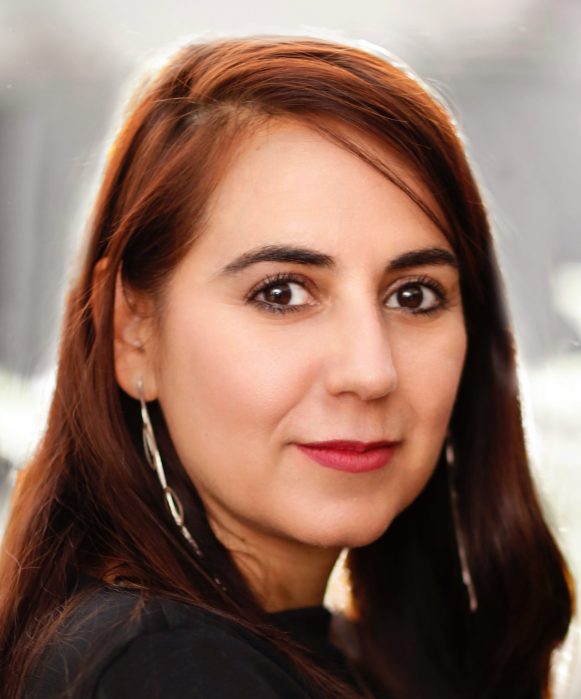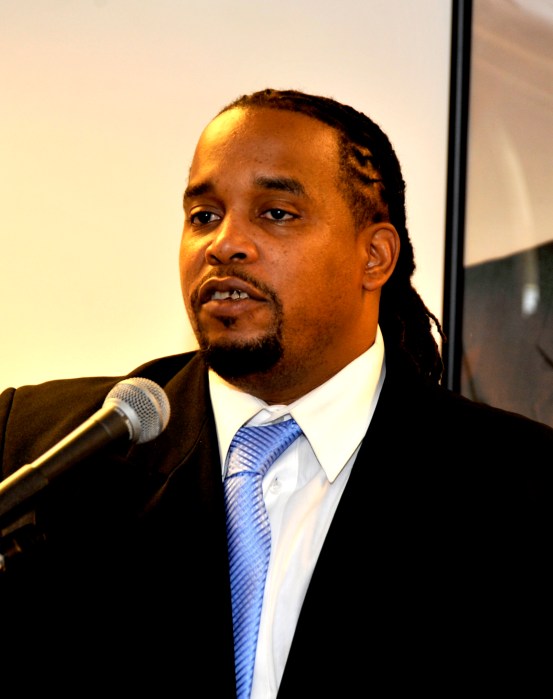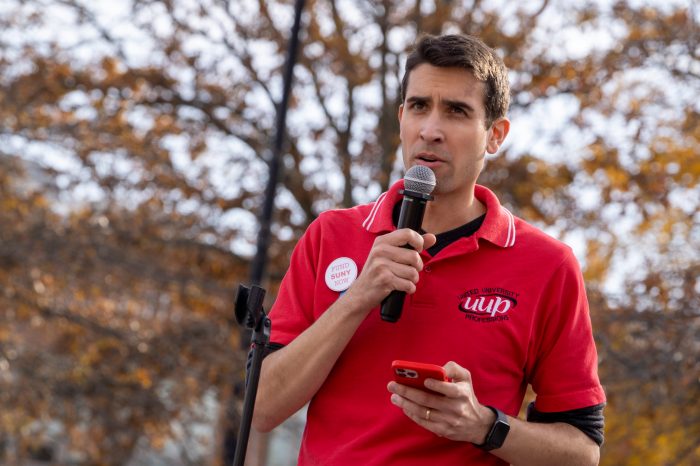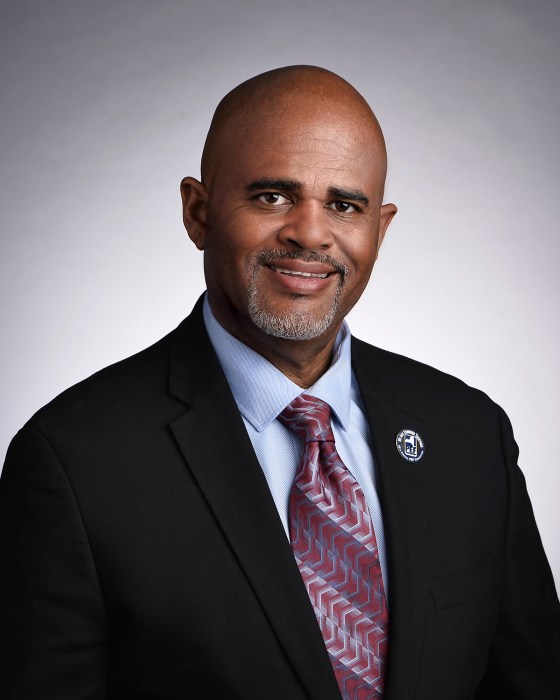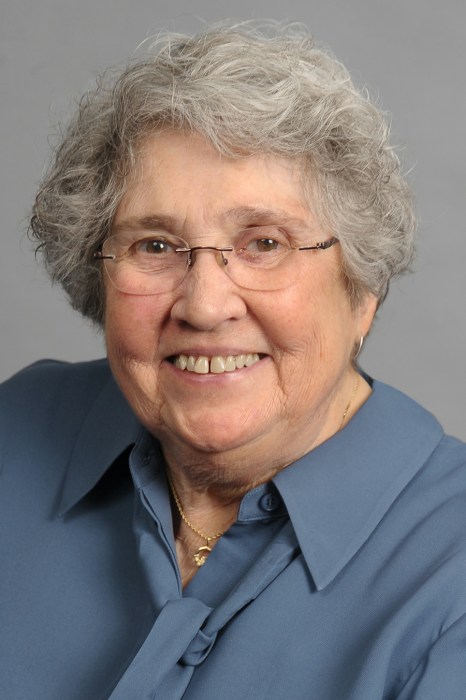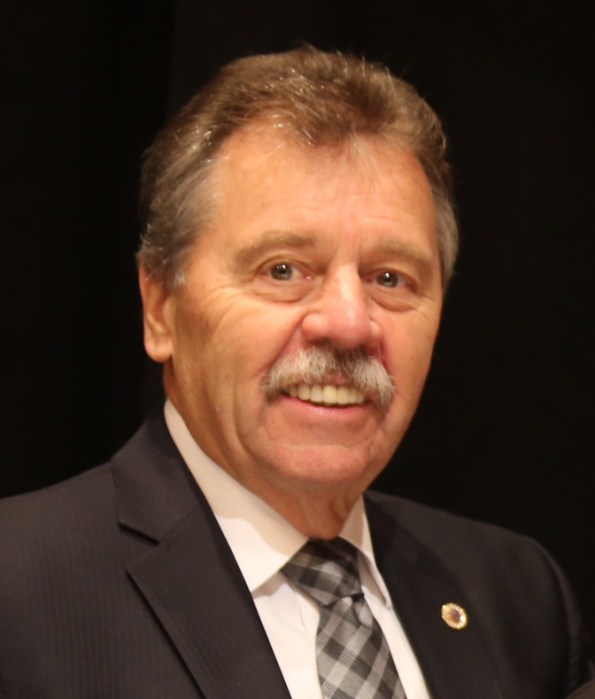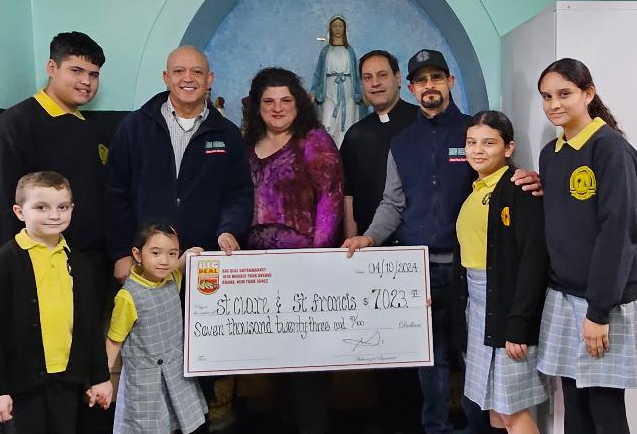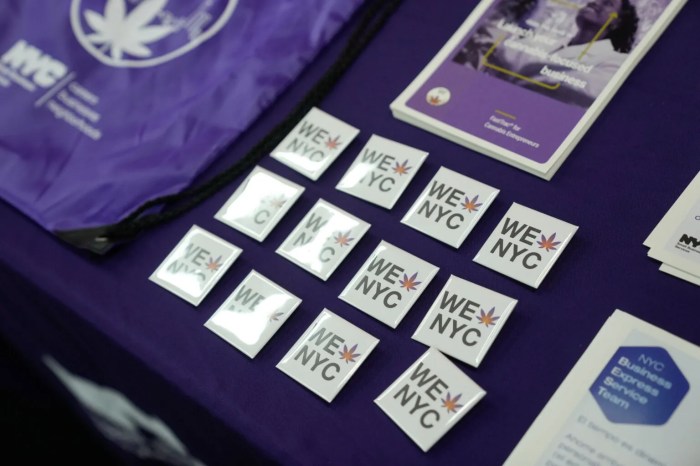Maritza Silva-Farrell is the executive director at ALIGN, a long time organizer, political strategist, and a movement leader with a track record of winning campaigns in the progressive movement. Maritza has been spearheading coalition building, strategic organizing, and policy interventions at ALIGN for over a decade, playing a key role winning transformational policies forging powerful alliances that benefit workers, immigrants, women, low-income communities of color, and the environment.
What sector does your union service (healthcare, construction, etc.)?
We are a nonprofit, not a union.
What brought you to organizing and/or the issue of worker advocacy?
My experiences working as an immigrant and seeing the exploitation in the workplaces because of their immigration status.
How will New York’s labor force evolve in the next five years?
The labor force will have increased unionization rates and worker power.
What kind of impact does organized labor have on local communities?
When workers are organized and have better wages and working conditions, local communities thrive.


